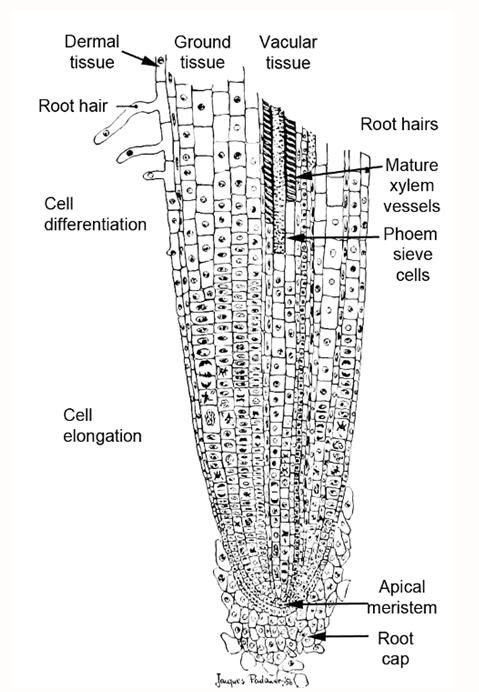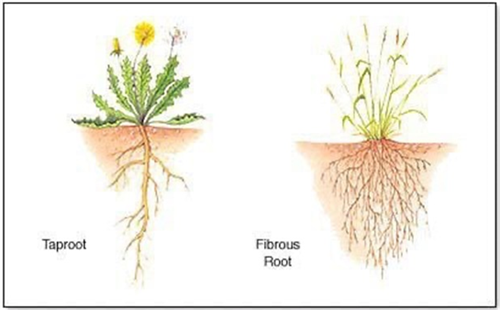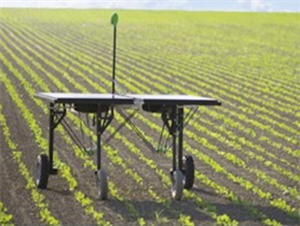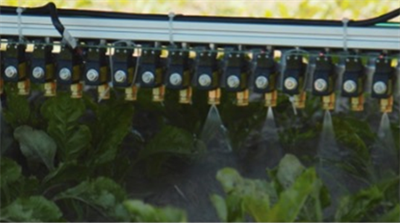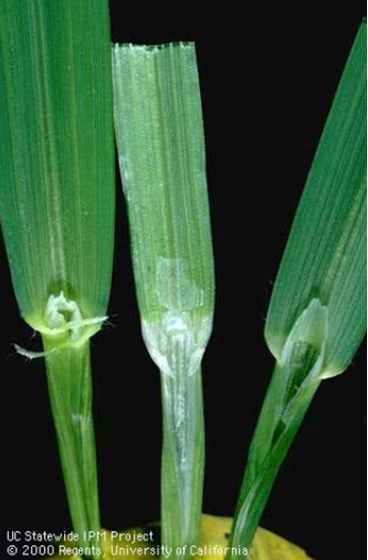Aug 9, 2017
Weather and Pest Management
We will be holding our annual Fall Pre-Season Vegetable meeting next week (Aug 16 in Yuma, and Aug 17 in Parker), and this year the focus of the meeting will be on Weather and Pest Management. Paul Brown, Mike Mat heron, Barry Tickes and myself will discuss how our local weather patterns can impact pest activity on desert melon and produce crops. The associations of weather and pest management will be discussed with specific examples we’ve collectively experienced over the past 35 years. For insects, their activity and abundance is closely aligned with weather. For example, there’s an old proverb that reads “crickets are accurate thermometers; they chirp faster when warm and slower when cold”. In fact, according to one website, you can get a rough estimate of the outside temperature by counting the number of chirps in 15 seconds and then adding 40. I’ve not conducted a scientific study to verify this yet but crickets definitely chirp more frequently during the summer. Seriously though, the reason for this is that temperature is the driving force behind insect development, growth and behavior. Unlike many animals, insects are poikilothermic (“cold-blooded”); that is, they are unable to regulate their body temperature and their internal temperature varies along with that of the ambient environmental temperature. Consequently, insect pests such as whiteflies, bagrada bugs, beet armyworms, cabbage loopers, diamondback moths, leafminers and yes, crickets are more active and develop rapidly when temperatures average 85-90°F; in contrast, they are less active and develop much slower under cool, winter conditions. That is one of the primary reasons these insect pests can be so abundant on fall produce crops. Behavioral activities such as flight, movement, reproduction, feeding and oviposition are similarly influenced by seasonal temperatures. Under extreme hot (> 120°F) or cold temperatures (<32°F), insect growth and behavior is greatly restricted, and can be lethal. Consequently, temperature and other weather factor such as rainfall, humidity, sunlight and wind play a major role in determining insect activity and abundance on local desert crops; but they can also suppress insect abundance under extreme conditions. For a more detailed explanation on the impact of weather on insects visit
Weather Can Have Major Impact on Insects and if you have time, join us next week for what will undoubtedly be an interesting meeting, weather permitting..
In response to the recent outbreaks of Diamondback moth (DBM) , Plutella xylostella in Yuma, we have established a pheromone trap network designed to monitor the activity and movement of adult populations of DBM. PCAs have had difficulty controlling DBM in cabbage, broccoli and cauliflower since October. Traps have been placed in Roll, Wellton, Dome Valley, Gila Valley and Yuma Valley in locations where cole crops are presently being grown or in areas where infestations were known to occur this fall.
To contact John Palumbo go to:
jpalumbo@ag.Arizona.edu

 In response to the recent outbreaks of Diamondback moth (DBM) , Plutella xylostella in Yuma, we have established a pheromone trap network designed to monitor the activity and movement of adult populations of DBM. PCAs have had difficulty controlling DBM in cabbage, broccoli and cauliflower since October. Traps have been placed in Roll, Wellton, Dome Valley, Gila Valley and Yuma Valley in locations where cole crops are presently being grown or in areas where infestations were known to occur this fall.
In response to the recent outbreaks of Diamondback moth (DBM) , Plutella xylostella in Yuma, we have established a pheromone trap network designed to monitor the activity and movement of adult populations of DBM. PCAs have had difficulty controlling DBM in cabbage, broccoli and cauliflower since October. Traps have been placed in Roll, Wellton, Dome Valley, Gila Valley and Yuma Valley in locations where cole crops are presently being grown or in areas where infestations were known to occur this fall.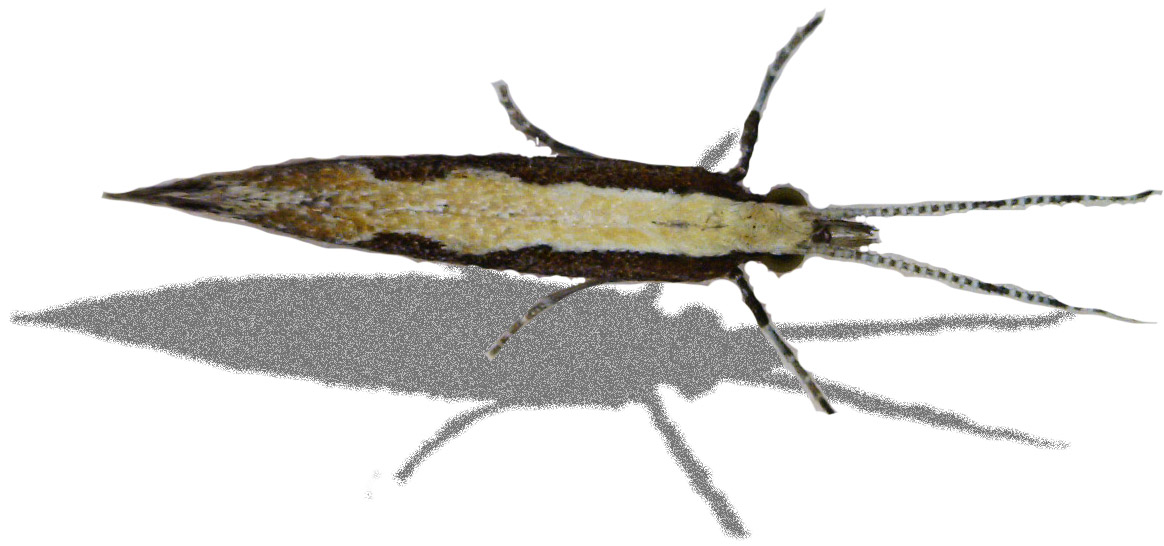 To contact John Palumbo go to: jpalumbo@ag.Arizona.edu
To contact John Palumbo go to: jpalumbo@ag.Arizona.edu


